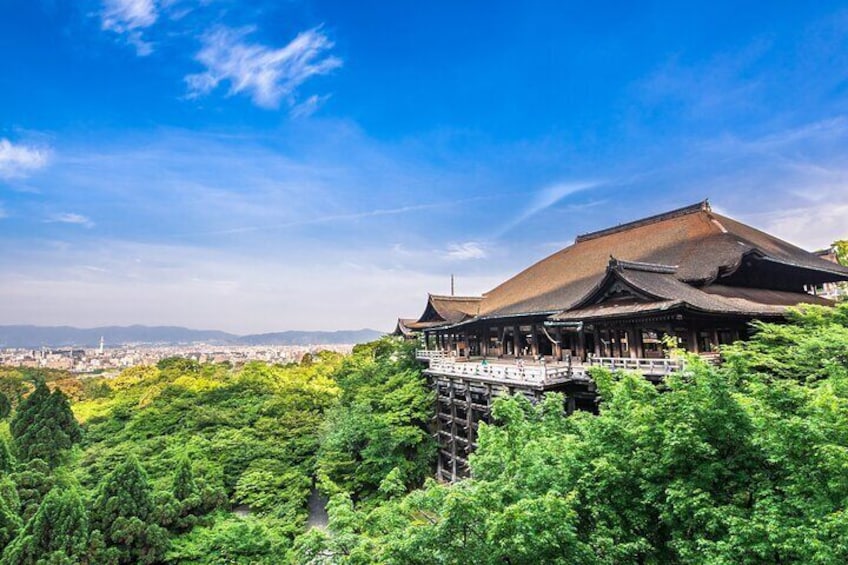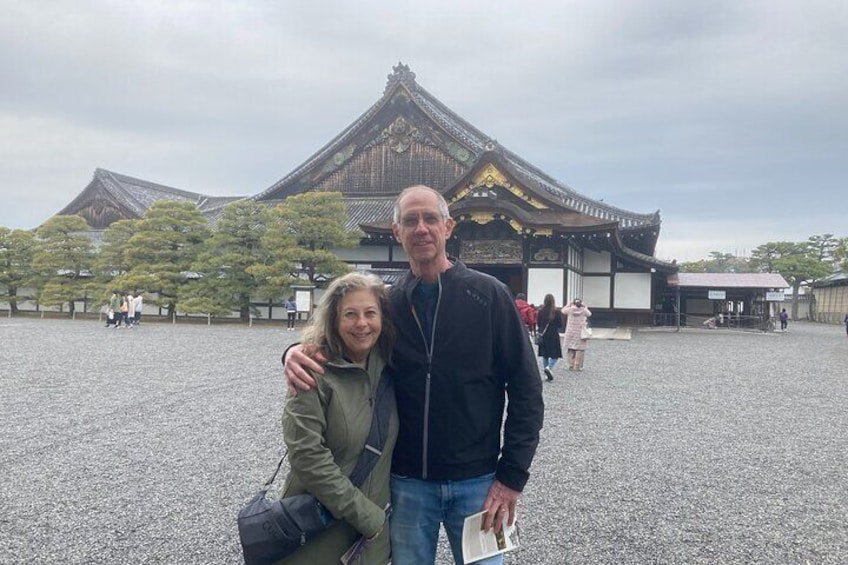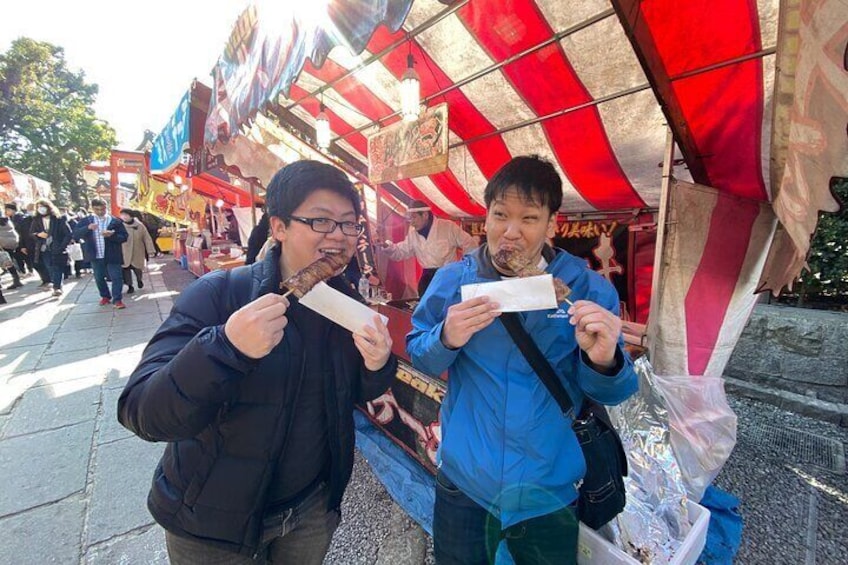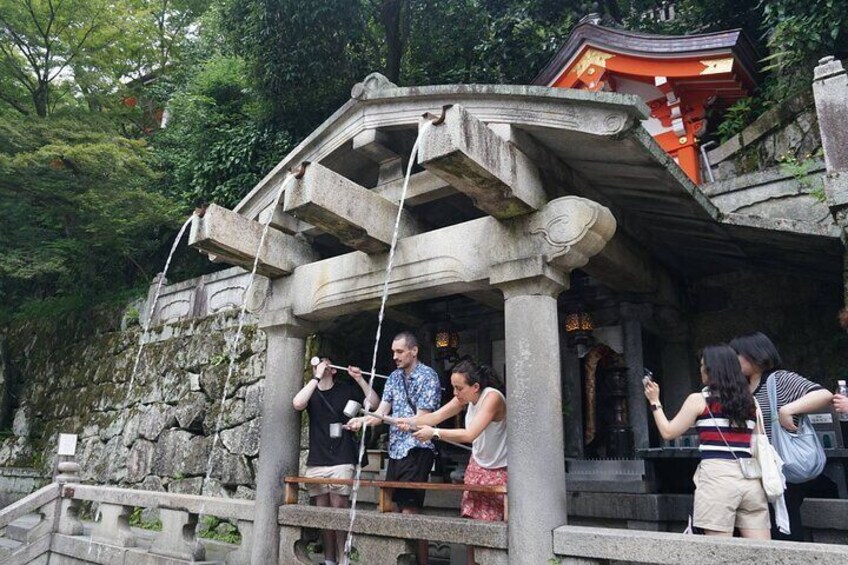Members save 10% or more on over 100,000 hotels worldwide when you're signed in





Kyoto 8 hr Tour from Osaka: English speaking Driver, No Guide
Features
- Free cancellation available
- 8h
- Mobile voucher
- Instant confirmation
- Selective hotel pickup
Overview
Arriving or staying in Osaka but want to visit Kyoto? This driving tour from Osaka to Kyoto is for you!
Temples, shrines, and tea ceremonies. The traditions of ancient Japan are still alive and well in the old capitol, Kyoto. Discovering around this beautiful city can feel like you are in a time machine as its architecture has been preserved for centuries. Kiyomizu Temple towers over the historical Gion district, famous for its rich history of geisha. There is much history in this city that you don’t want to miss so book this tour!
Whether you are a history buff, love the beauty of old Japanese architecture, or just want to enjoy a green tea parfait, Kyoto has something for you!
・Note: This tour is for independent travelers that need private transportation only. This tour does not come with a guide and you will not be able to ask for recommendations from your driver or Japan Guide Agency.
Activity location
- Osaka
- Osaka, Osaka Prefecture, Japan
Meeting/Redemption Point
- Osaka
- Osaka, Osaka Prefecture, Japan
Check availability
Mini Van (Up to 5 PAX)
- 8h
Mini Van (Up to 5 PAX)
Pickup included
What's included, what's not
- English speaking driver
- Hotel Pick up and drop off
- Private transportation in Air Conditioned Vehicle
- Fuel, Parking, & Highway fees
- Foods and drinks (for yourself)
- Other personal expenses
- A licensed guide
- Entrance Fees
- You cannot combine tour groups
Know before you book
- Specialized infant seats are available
- Service animals allowed
- Infants and small children can ride in a pram or stroller
- Suitable for all physical fitness levels
- Transportation options are wheelchair accessible
- Wheelchair accessible
- Please contact us directly if you will need a child seat or infant seat.
Activity itinerary
Osaka
- 1h
Fushimi Inari-taisha Shrine
- 15m
Gion (Pass by)
Kiyomizu-dera Temple
- 15m
Nijo Castle
- 15m
Nishiki Market Shopping District
- 15m
Kyoto Imperial Palace
- 15m
Pontocho (Pass by)
Higashiyama Ward
- 15m
Nanzenji Suirokaku
- 15m
Tofuku-ji Temple
- 15m
Toji
- 15m
Kinkakuji Temple
- 15m
Ninna-ji Temple
- 15m
Shugakuin Imperial Villa
- 15m
Kibune River
- 15m
Kurama-dera
- 15m
Ryoanji Temple
- 15m
Arashiyama
- 15m
Kokedera Suzumusidera
- 15m
Katsura Imperial Villa
- 15m
Daikaku-ji Temple
- 15m
Tenryuji Temple
- 15m
Yoshimine-dera
- 15m
Ginkakuji Temple
- 15m
Togetsukyo Bridge
Okochi Sanso Garden
- 15m
Bamboo Forest Street
Osaka
- 1h
Location
Activity location
- Osaka
- Osaka, Osaka Prefecture, Japan
Meeting/Redemption Point
- Osaka
- Osaka, Osaka Prefecture, Japan